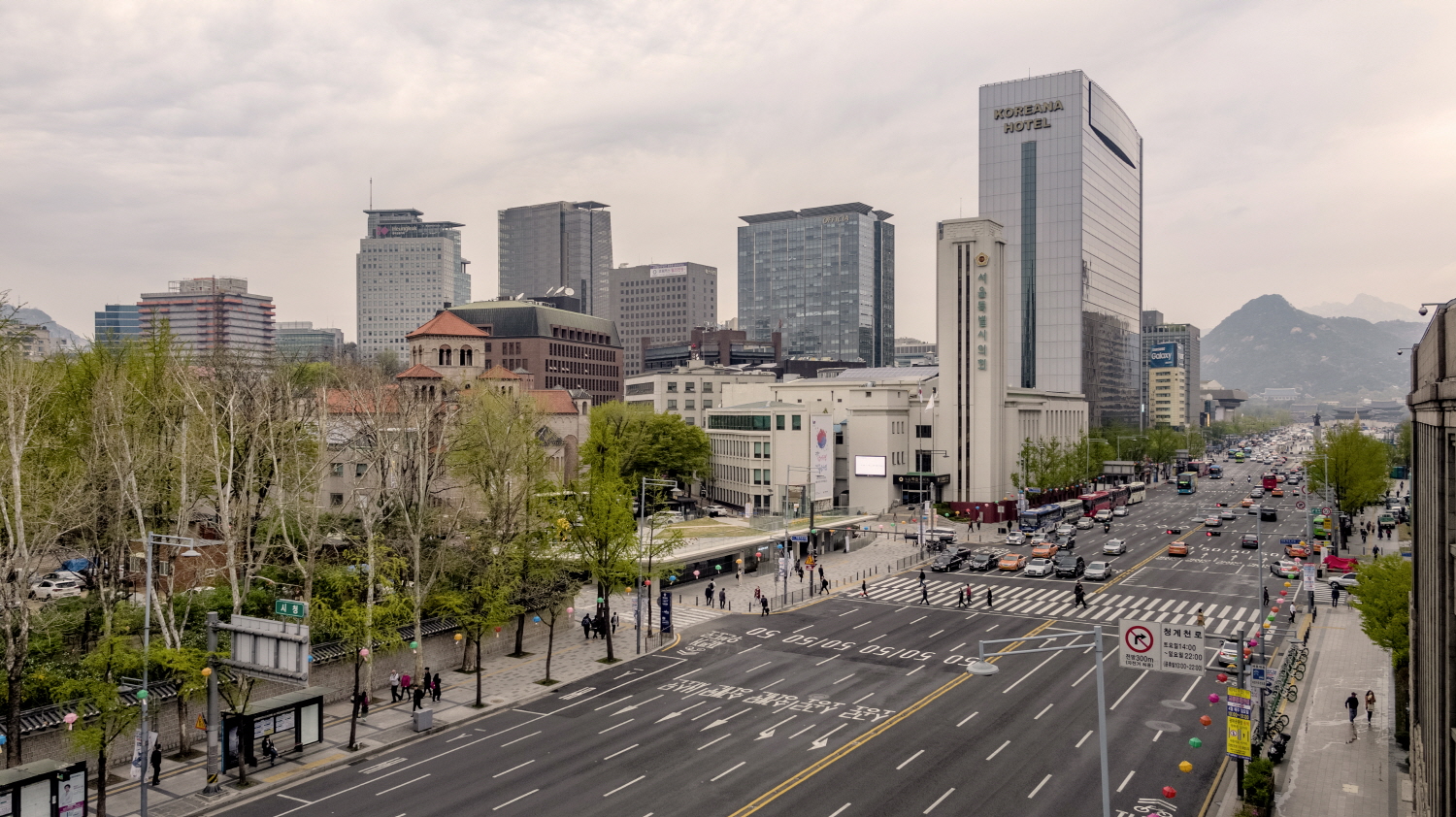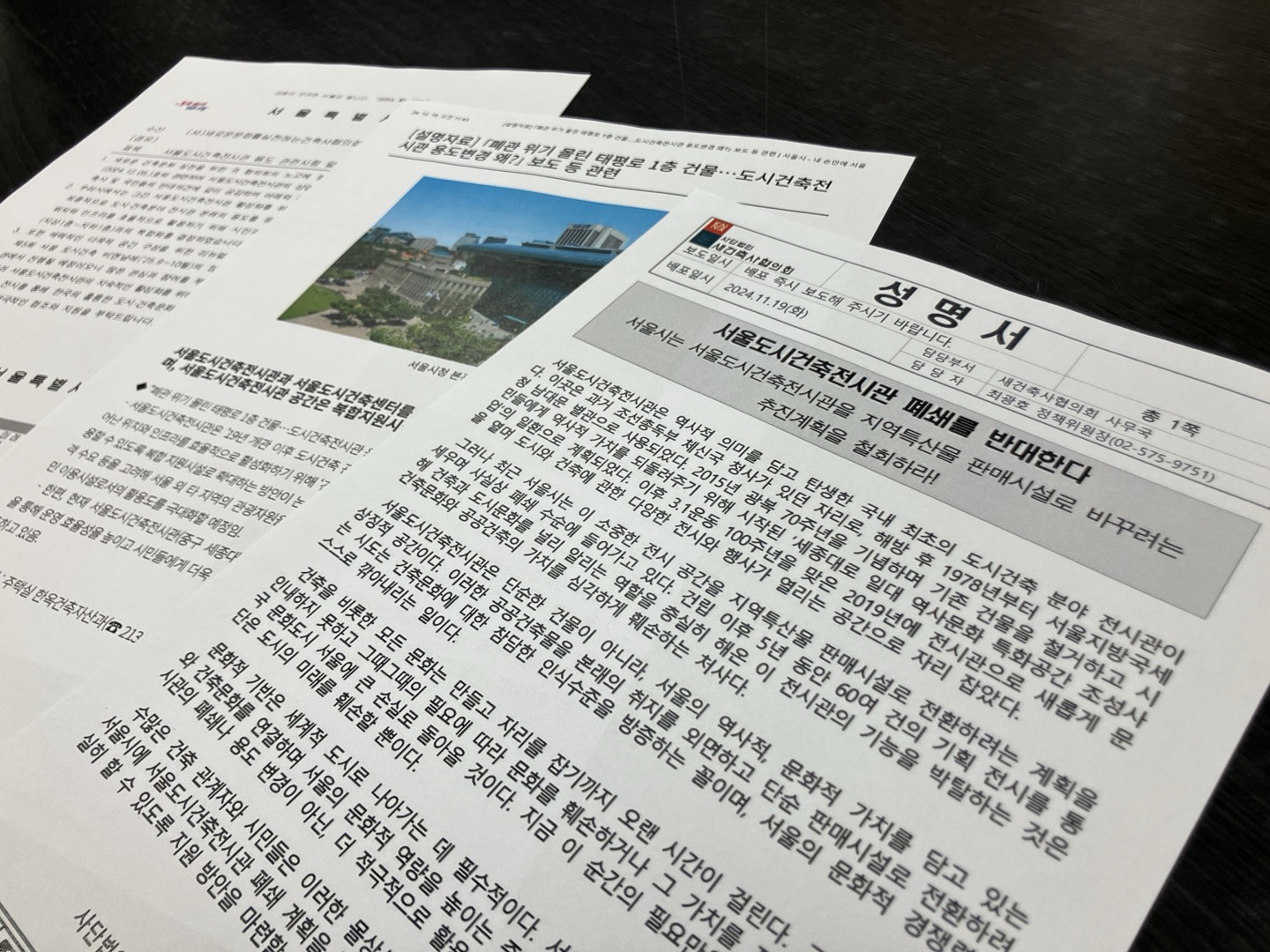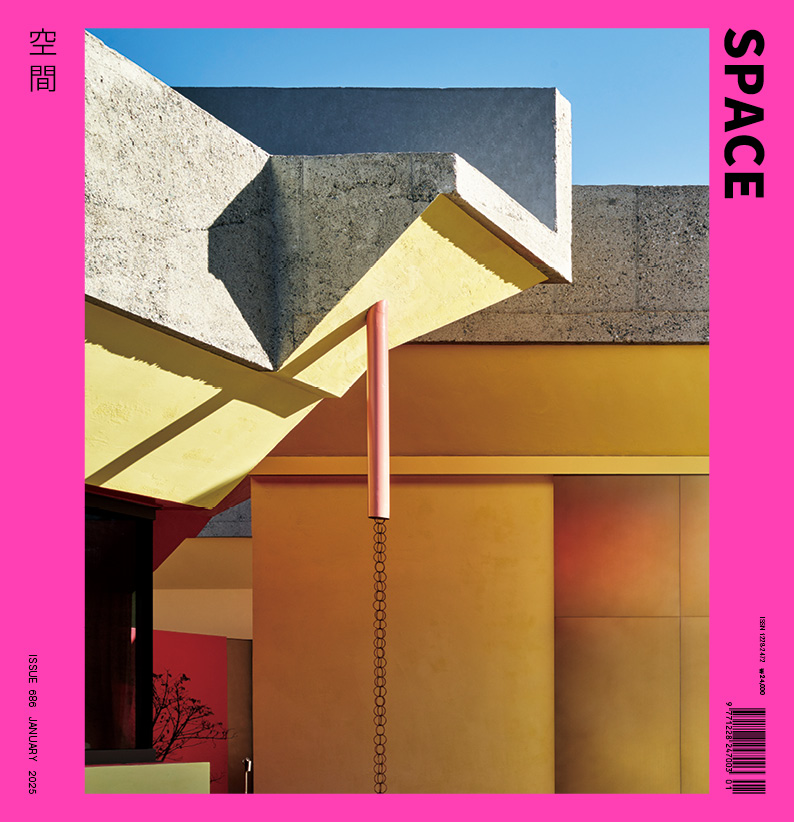SPACE January 2025 (No. 686)

View of the Seoul Hall of Urbanism & Architecture ©Lee Hyunjun

The statements of the Korea Architects Institute and Seoul Metropolitan Government ©Lee Sowoon
On Nov. 19, 2024, Korea Architects Institute (KAI) issued a statement opposing the closure of the Seoul Hall of Urbanism & Architecture (Seoul HOUR), revealing that Seoul Metropolitan Government (SMG) plans to convert it into a commercial facility for selling local specialities. Seoul HOUR is the country’s first specialist exhibition hall for the field of urban architecture, which is a public space with a historical context. The original building, which was formerly the Chesinguk (postal office) building of the Japanese Government-General of Joseon during the Japanese colonial period and later used as the National Tax Service annex, was demolished in 2015 to mark the 70th anniversary of Korea’s liberation. The exhibition hall was planned as a means of returning the site to its citizens. After its opening in 2019, it has played a significant role in promoting architecture and urban culture through hosting approximately 60 urban architecture-related exhibitions over the past five years.
However, in Nov. 2024, SMG unexpectedly pushed for a change in the facility’s usage, putting the Seoul HOUR at risk of being effectively closed. Since its opening, the exhibition hall had been managed by the Housing Bureau under the Second Deputy Mayor. However, the Tourism Policy Division under the First Deputy Mayor demanded the space, proposing a misguided plan to repurpose the hall as a local speciality goods store. It was revealed that the plan was being discussed internally by the SMG, not through public discussion, both through the process of requesting the architect to change the use of the space.
In response, KAI issued a statement on Nov. 19 opposing the closure of the hall. The statement strongly criticised the move as ‘an action severely undermining the value of architectural culture and public architecture’ and as ‘evidence of a disastrous level of awareness of architectural culture’. As controversy spread within the architectural community, a spokesperson for the SMG responded on Nov. 29 with an explanation that the city is ‘considering diversifying the use of the building into a complex support facility, rather than changing its use altogether’, with one option being a space for promoting tourism resources.
According to a press release from the SMG to the KAI on Dec. 16, the current plan is to retain exhibition space on the second and third basement levels while allocating the ground floor and the first basement level to the Tourism Policy Division. While on the surface this may seem like a reduction of exhibition space, the real issue lies in the disruption of all resources related to operation, such as exhibition planning personnel, organisation, and budget. KAI expressed concerns stating, ‘Although we have prevented the entire space from being converted into a marketplace, even if exhibitions continue, they are likely to become permanent displays promoting city policies, leaving little room for ongoing curated exhibitions.’ The KAI is planning to request a meeting with the SMG to restore the existing use after Jan. of this year, when the deputy mayors will be replaced.
On the other hand, Zoh Kyungchan (principal, Terminal 7 Architects), who designed the Seoul HOUR, said, ‘By design, the void hall on the third floor of the basement is directly exposed to the outside air. Installing cooling systems for the change of use will fill this void with mechanical equipment. Such renovation is practically impossible.’ He added, ‘Public architecture involves extensive time in planning and design, but the current practice of altering a building’s purpose as if flipping a switch is inappropriate.’





